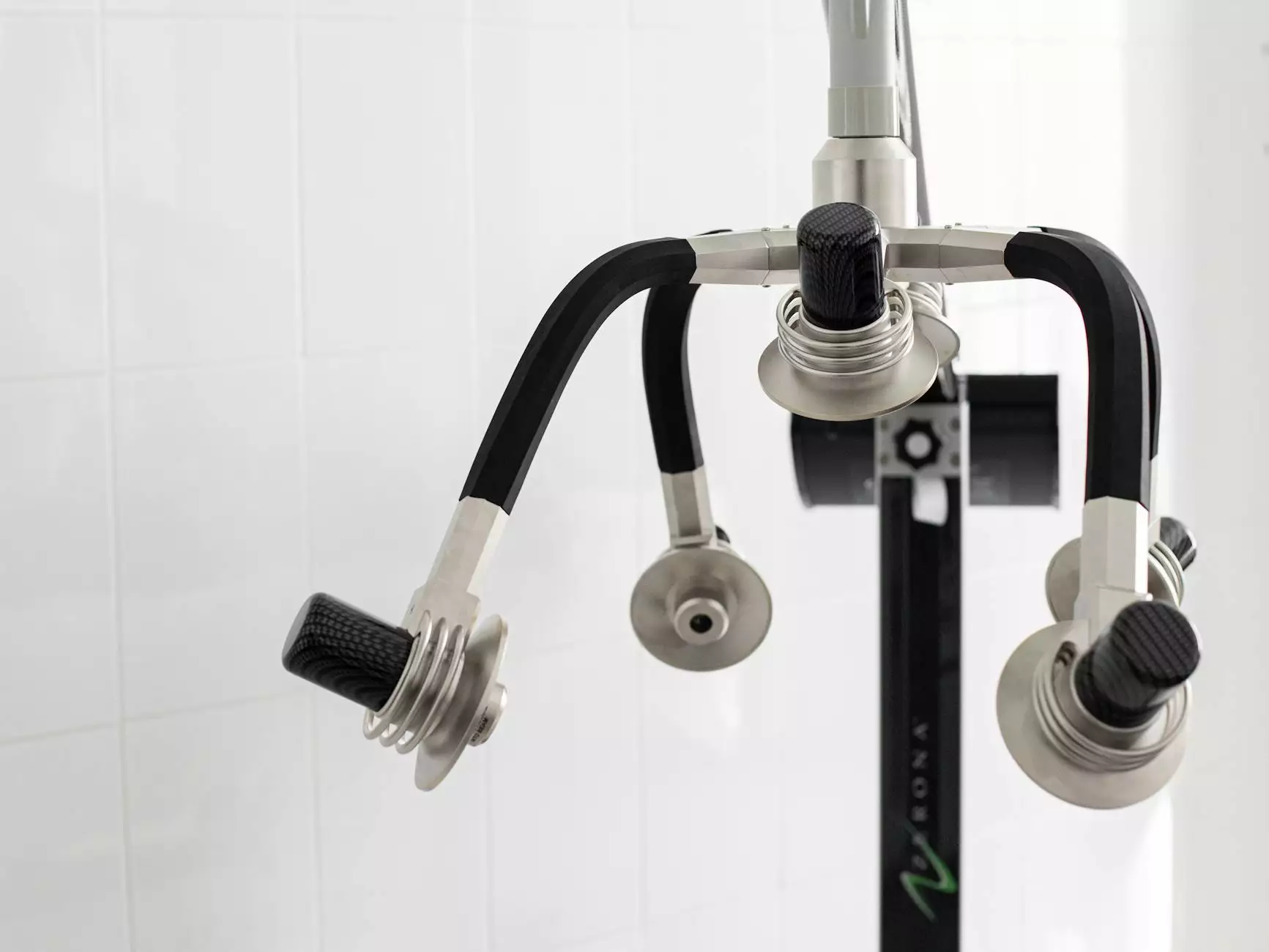Airline Track and Trace: Empowering Logistics in the Air Freight Industry

The aviation industry plays a pivotal role in global trade and transportation, ensuring that goods reach their destinations quickly and efficiently. One of the critical components enhancing this efficiency is airline track and trace technology. This article delves into the intricacies of airline track and trace, its significance in the air transport sector, and how it is reshaping logistics.
What is Airline Track and Trace?
Airline track and trace refers to a system of monitoring and tracking air cargo from the moment it is dispatched until it arrives at its final destination. Leveraging advanced technology, including GPS, RFID tags, and real-time data transmission, this system provides stakeholders with instant visibility into the current status and location of their shipments.
The Technology Behind Airline Track and Trace
Airline track and trace integrates various technologies to create a robust logistics framework. Here are the primary components:
- Global Positioning System (GPS): GPS technology enables real-time tracking of shipments during their journey, making it easier to monitor progress and estimate arrival times.
- Radio-Frequency Identification (RFID): RFID tags attached to cargo allow for efficient scanning and tracking, automatically updating databases and reducing human error.
- Barcoding Systems: Traditional barcodes still play a significant role in track and trace systems, providing a quick way to access shipment information during handoffs.
- Cloud-Based Platforms: The integration of cloud computing facilitates seamless communication between all parties involved in the shipping process, enhancing collaboration.
The Importance of Airline Track and Trace in Logistics
The significance of airline track and trace cannot be overstated. Here are the key benefits that make it indispensable to the air freight industry:
1. Enhanced Visibility and Transparency
One of the primary advantages of using airline track and trace technology is the enhanced visibility it provides. Stakeholders can monitor their shipments in real-time, reducing uncertainty and allowing for proactive management of logistics. This transparency builds trust between airlines, shippers, and customers.
2. Increased Efficiency and Responsiveness
With immediate access to shipment data, companies can make informed decisions quickly. For instance, if a delay occurs, stakeholders can reroute or reschedule deliveries promptly, optimizing their logistics chain and improving overall efficiency.
3. Improved Customer Service
In today's fast-paced market, customers expect real-time updates regarding their orders. Airline track and trace systems empower companies to provide timely information, enhancing customer satisfaction and loyalty.
4. Reduced Costs and Waste
By monitoring shipments effectively, companies can identify inefficiencies and bottlenecks in their shipping processes. This oversight allows businesses to cut down on unnecessary costs, wasted resources, and time, ultimately leading to higher profitability.
5. Enhanced Security
The use of tracking technology increases the security of shipments. Automated systems alert stakeholders to anomalies, such as unauthorized access or deviations from the expected route, enabling rapid responses to potential security threats.
Challenges in Implementing Airline Track and Trace
Despite its numerous benefits, implementing airline track and trace technologies comes with challenges:
1. High Initial Investment
Deploying advanced tracking systems requires a significant upfront investment. Smaller companies, in particular, may find the costs prohibitive.
2. Training and Integration
Employees must be trained to use new technologies effectively. Furthermore, integrating these systems with existing logistics infrastructure can be a complex and time-consuming process.
3. Data Management
As shipment data proliferates, storing, managing, and analyzing this information becomes a challenge. Companies must invest in robust data management solutions to keep up with the influx of information.
Future Trends in Airline Track and Trace
As technology continues to evolve, so will the capabilities of airline track and trace systems. Here are some emerging trends to watch:
1. Artificial Intelligence and Machine Learning
AI and machine learning algorithms can analyze historical shipment data, predict delivery times, optimize routing, and even identify potential disruptions before they occur. This predictive capability will revolutionize logistics management.
2. Internet of Things (IoT)
The Internet of Things allows for smarter tracking of logistics. With sensors embedded in cargo, real-time environmental data can be monitored, ensuring that temperature-sensitive goods remain within safe parameters during transit.
3. Blockchain for Enhanced Security
Blockchain technology can offer a transparent and immutable record of the entire shipping process. By leveraging blockchain, stakeholders can ensure the integrity of shipment data and enhance security measures against tampering.
4. Drone and Autonomous Vehicle Logistics
As drone technology and autonomous vehicles develop, they could be integrated with airline track and trace systems, creating new delivery methods, reducing shipment times, and enhancing tracking capabilities.
Conclusion
In a world that increasingly demands efficiency, accuracy, and speed in logistics, airline track and trace technology stands at the forefront of innovation in the air freight industry. By embracing this technology, businesses not only enhance their operations but also provide superior service to customers, paving the way for growth and success in an increasingly competitive market.
As we look to the future, the integration of emerging technologies will further streamline air freight logistics, making it easier to track and trace shipments, improve operational efficiencies, and secure the supply chain. Companies like cargobooking.aero are well-positioned to lead the charge, and those who invest in these advancements will undoubtedly find themselves at the forefront of the industry.









